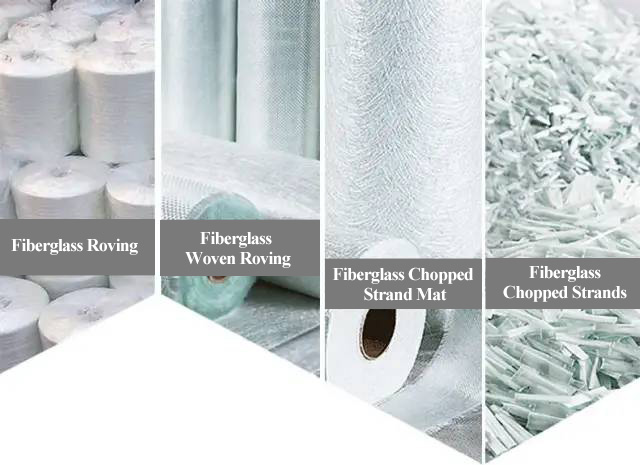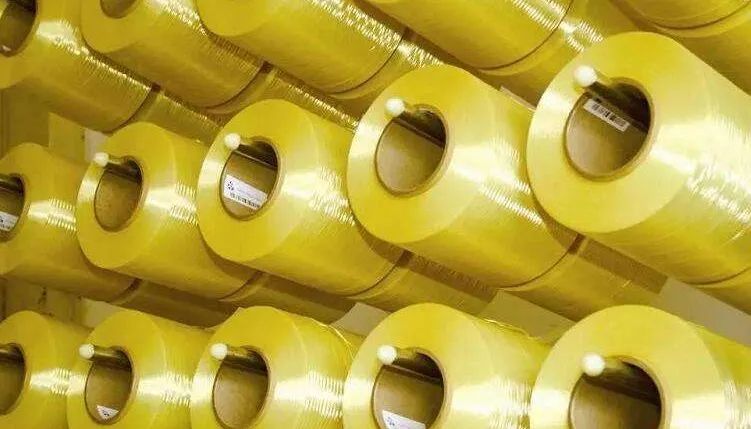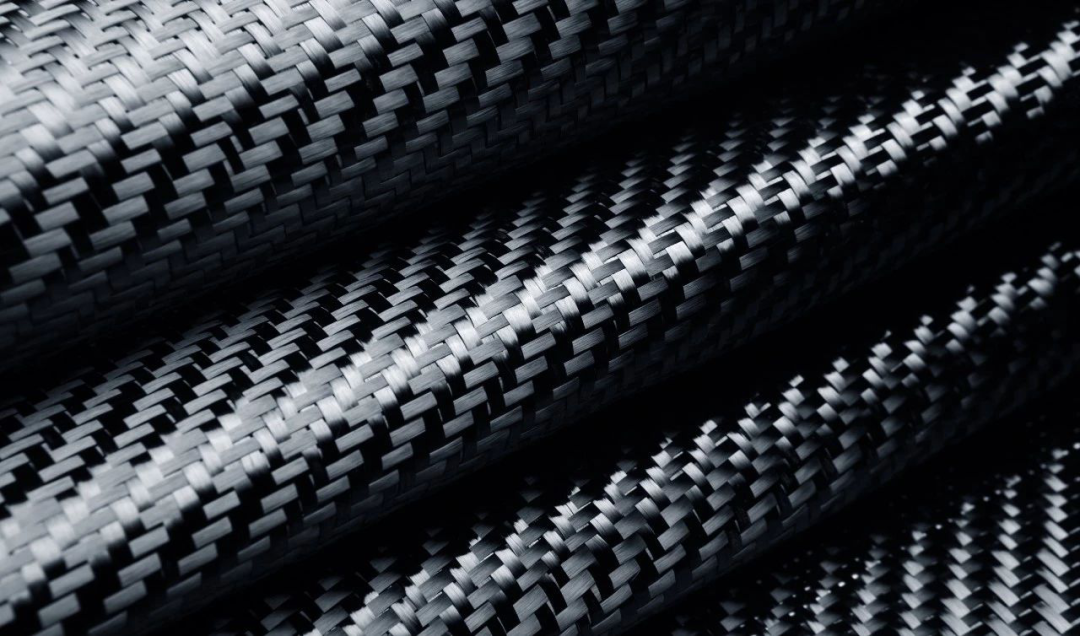The physical properties of composites are dominated by fibers. This means that when resins and fibers are combined, their properties are very similar to those of the individual fibers. Test data shows that fiber-reinforced materials are the components that carry most of the load. Therefore, fabric selection is critical when designing composite structures.
Begin the process by determining the type of reinforcement needed for your project. A typical manufacturer can choose from three common types of reinforcement: glass fiber, carbon fiber and Kevlar® (aramid fiber). Glass fiber tends to be the universal choice, while carbon fiber offers high stiffness and Kevlar® high abrasion resistance. Keep in mind that fabric types can be combined in laminates to form hybrid stacks that offer the benefits of more than one material.
Fiberglass Reinforcements
Fiberglass is a familiar material. Fiberglass is the foundation of the composites industry. It has been used in many composite applications since the 1950s and its physical properties are well understood. Fiberglass is lightweight, has moderate tensile and compressive strength, can withstand damage and cyclic loading, and is easy to handle. The products that emerge from the production are known as fiberglass reinforced plastic (FRP) products. It is common in all areas of life. The reason why it is called fiberglass is because this kind of fiber filament is made by melting quartz and other ore materials at high temperatures into a glass slurry. And then pulled out at high speed filaments. This type of fiber is due to the composition of different have many in. Advantages are heat resistance, corrosion resistance, greater strength. Good insulation. And carbon fiber has the same disadvantage is the product is more brittle. Poor ductility. Not wear-resistant. At present, insulation, heat preservation, anti-corrosion easy and many other fields have the use of glass fiber reinforced plastic.
Fiberglass is the most widely used of all available composites. This is largely due to its relatively low cost and moderate physical properties. Fiberglass is well suited for everyday projects and parts that don’t require too demanding a fiber fabric for added strength and durability.
To maximize the strength properties of fiberglass, it can be used with epoxy resins and can be cured using standard lamination techniques. It is well suited for applications in the automotive, marine, construction, chemical and aerospace industries and is commonly used in sporting goods.
Aramid Fiber Reinforcement
Aramid fiber is a high-tech chemical compound. It has high strength, high temperature resistance, corrosion resistance, light weight and other characteristics, and is one of the key materials in the defense industry. There are a large number of applications in bulletproof equipment, flight equipment.
Aramid fibers are one of the first high-strength synthetic fibers to gain acceptance in the fiber-reinforced plastics (FRP) industry. Composite grade para-aramid fibers are lightweight, have excellent specific tensile strength, and are considered highly resistant to impact and abrasion. Common applications include lightweight hulls such as kayaks and canoes, aircraft fuselage panels and pressure vessels, cut-resistant gloves, bulletproof vests and more. Aramid fibers are used with epoxy or vinyl ester resins.
Carbon Fiber Reinforcement
With a carbon content of over 90%, carbon fiber has the highest ultimate tensile strength in the FRP industry. In fact, it also has the industry’s greatest compressive and flexural strengths. After processing, these fibers are combined to form carbon fiber reinforcements such as fabrics and tows. Carbon fiber reinforcement provides high specific strength and specific stiffness, and it is typically more expensive than other fiber reinforcements.
To maximize the strength properties of carbon fiber, it should be used with epoxy resins and can be cured using standard lamination techniques. It is well suited for automotive, marine and aerospace applications and is often used in sporting goods.
Post time: Dec-13-2023









